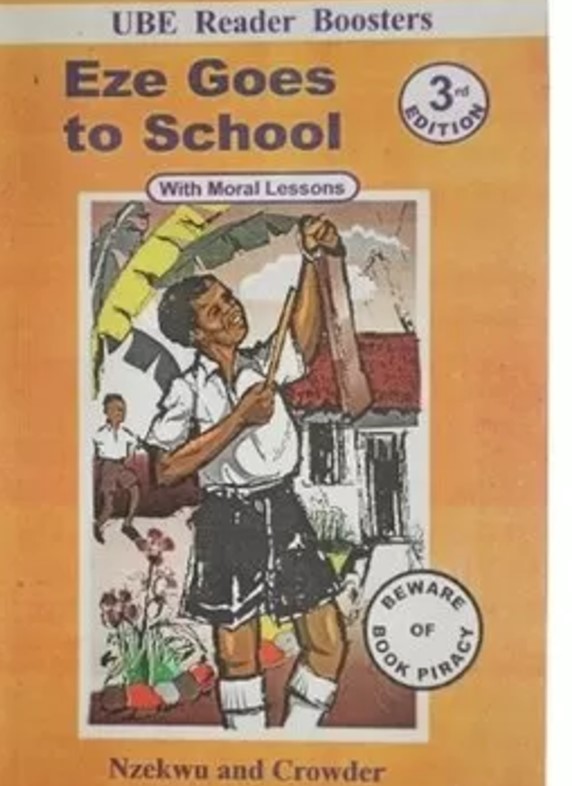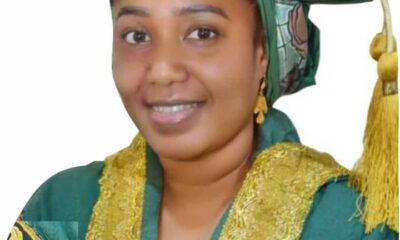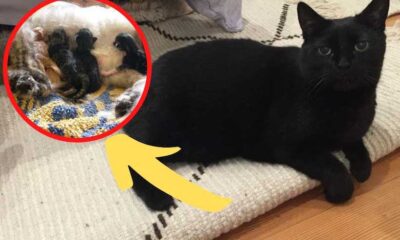Onuora Nzekwu was born in Kafanchan on the 19th of February, 1928 to Mr. Obiese Nzekwu and Mrs. Mary Ogugua Nzekwu. He joined the Civil Service in 1956 as an editorial assistant at the Nigeria Magazine Division of the Federal Ministry of Information. He held this post till 1958 when got promoted to an editor-in-chief. Onuora Nzekwu left his job in 1966 when the Nigerian civil war/ Biafran war broke out. He migrated to Eastern Nigeria where he worked as a senior information officer…Click Here To Continue Reading>> …Click Here To Continue Reading>>
When the Biafran war ended in 1970, Onoura Nzekwu left Eastern Nigeria and returned to the Federal Ministry of Information as a senior information officer at the information division. Onuora Nzekwu also served as the General Manager of News Agency of Nigeria (NAN) from July 1, 1979 till 1985 when he retired from service. READ FULL STORY HERE>>>CLICK HERE TO CONTINUE READING>>>

Onuora Nzekwu was awarded a Rockefeller Foundation Fellowship in 1961 and a UNESCO Fellowship in 1964. In 1966, Nzekwu co-authored ‘Eze Goes to School‘ with Michael Crowther and later co-authored ‘Eze Goes to College‘ with the same co-author. In 1997, Nzekwu published a non-fiction work titled ‘The Chima Dynasty in Onitsha’ where he recounted the history of Onitsha.
At the age of 89, Onuora Nzekwu died on Friday, 21st of April, 2017 in Onitsha, his hometown. He is survived by his wife, Mrs. Justina Nzekwu, and six children.




















